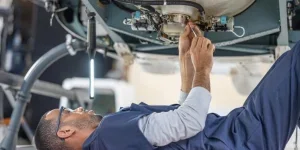Table of Contents
1. Introduction
2. Understanding the Main Types and Their Uses
3. Key Market Trends for Aviation Accessories in 2025
4. Essential Considerations for Selecting the Right Accessories
5. Highlighting the Best Aviation Accessories and Models
6. Conclusion
Introduction
Aviation accessories encompass a wide range of tools and equipment designed to enhance the functionality, safety, and comfort of aircraft operations. From advanced avionics systems that ensure precise navigation to safety essentials like portable oxygen systems and emergency locators, these products play a vital role in optimizing every aspect of flight. In 2025, the evolution of technology has introduced smarter, more efficient accessories that meet the increasing demands of modern aviation. Selecting the right accessories ensures seamless operations, reduces maintenance challenges, and enhances the in-flight experience for pilots and passengers alike. By focusing on quality and suitability, these tools can significantly improve operational reliability and long-term value for professionals managing aircraft needs.
Understanding the Main Types and Their Uses

Avionics and navigation systems
Advanced avionics and navigation systems are fundamental to modern aviation, providing pilots with precise information for safe and efficient flight operations. Key components include GPS units, Automatic Dependent Surveillance-Broadcast (ADS-B) receivers, and flight management systems. GPS units offer real-time positioning and navigation data, essential for route planning and situational awareness. ADS-B receivers enhance traffic awareness by providing information about nearby aircraft, thereby improving collision avoidance capabilities. Flight management systems integrate various navigational inputs, automating complex flight tasks and optimizing fuel efficiency. The integration of these technologies ensures accurate navigation, reduces pilot workload, and enhances overall flight safety.
Safety and emergency equipment
Safety and emergency equipment are critical for managing unforeseen situations during flight. Essential items include life vests, portable oxygen systems, and first aid kits. Life vests are mandatory for overwater flights, providing buoyancy in the event of a water landing. Portable oxygen systems are vital for maintaining adequate oxygen levels at high altitudes or in case of cabin depressurization. First aid kits equipped with medical supplies enable immediate response to in-flight medical emergencies. The availability and proper maintenance of these items are crucial for ensuring the safety and well-being of both passengers and crew members.
Cabin comfort and convenience tools
Enhancing cabin comfort and convenience significantly improves the in-flight experience for passengers and crew. Noise-canceling headsets reduce ambient cockpit noise, facilitating clear communication and reducing fatigue. Ergonomic seating designs provide support during long flights, minimizing discomfort and the risk of musculoskeletal issues. Temperature control systems maintain optimal cabin conditions, ensuring passenger comfort regardless of external weather conditions. Investing in these accessories not only enhances comfort but also contributes to increased satisfaction and productivity during flights.
Maintenance and operational tools
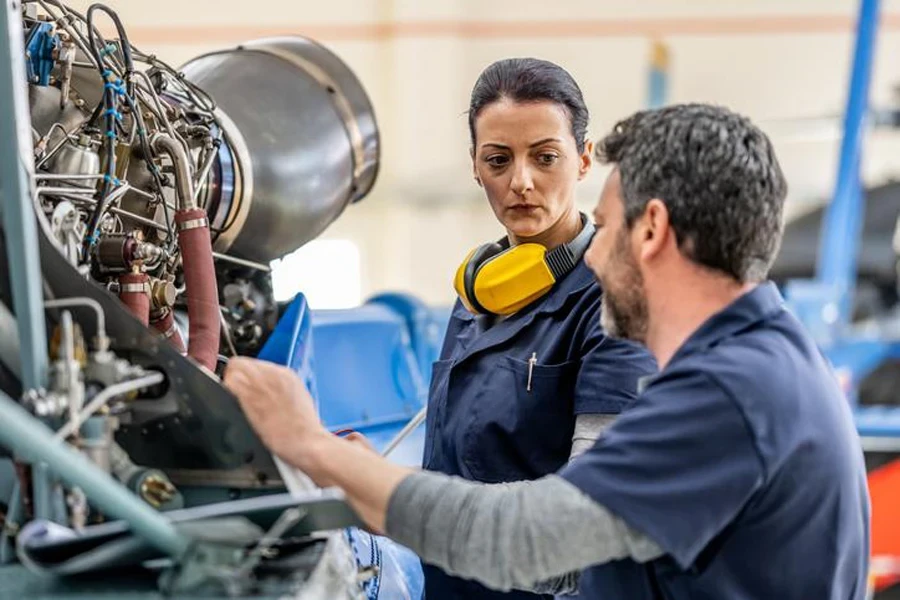
Maintenance and operational tools are indispensable for the upkeep and reliability of aircraft. Essential supplies include lubricants, hydraulic fluids, and spare parts such as filters, tires, and spark plugs. Regular use of high-quality lubricants and hydraulic fluids ensures the smooth operation of mechanical systems and prevents premature wear. Maintaining an inventory of critical spare parts allows for prompt replacements, minimizing downtime and ensuring continuous operational readiness. Proper maintenance practices, supported by the right tools and supplies, are vital for extending the lifespan of aircraft components and ensuring safety and efficiency in operations.
Key Market Trends for Aviation Accessories in 2025
2024 market analysis
In 2024, the global aircraft aftermarket parts market was valued at approximately US$ 42.94 billion, with projections indicating it will reach US$ 93.52 billion by 2032. This growth is expected to occur at a compound annual growth rate (CAGR) of 8.5% from 2024 to 2032, driven by advancements in aviation technology and increasing demand for efficient aircraft components, according to Fortune Business Insights.
Technological innovations driving product development
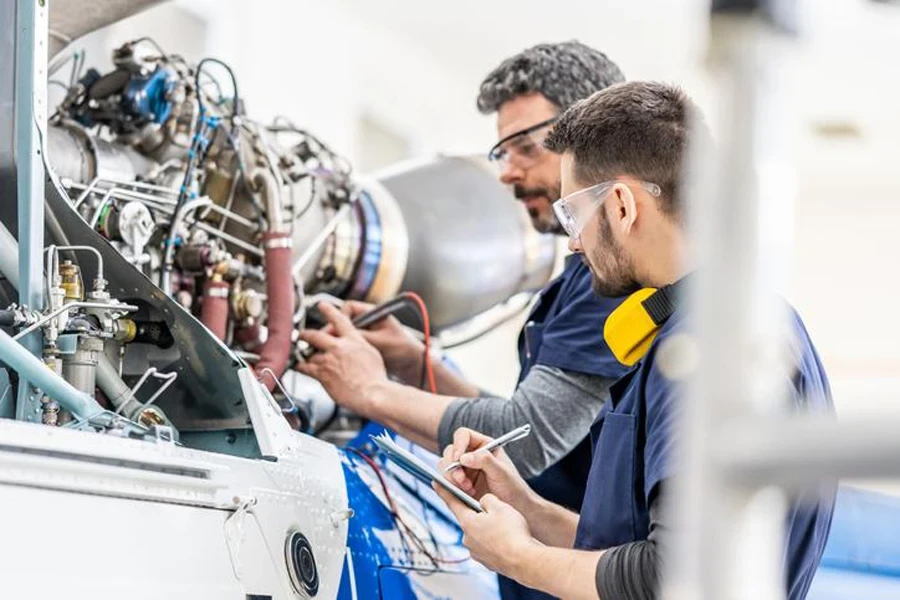
The aviation accessories market is rapidly transforming through technological advancements that enhance efficiency and safety. Cutting-edge avionics are integrating real-time data analytics to enable predictive maintenance, minimizing aircraft downtime and reducing operational costs. Innovations in cockpit automation, like enhanced flight management systems and advanced communication technologies, are significantly reducing pilot workloads. Furthermore, satellite-based navigation systems are improving air traffic management by enabling precise and efficient routing. These technological developments reflect the industry’s commitment to leveraging connectivity and automation for better operational outcomes.
Essential considerations for selecting the right accessories
Compatibility with aircraft specifications
Ensuring compatibility with aircraft models and regulatory standards is essential. Accessories not designed for specific aircraft can lead to malfunctions or inefficiencies. Reviewing maintenance manuals and consulting certified aviation professionals can help verify compatibility and address potential challenges effectively.
Quality and certification standards
Aviation accessories must adhere to strict quality and safety standards. Certifications from authorities like the FAA or EASA confirm that products meet rigorous testing requirements. Assessing a manufacturer’s quality assurance processes and choosing products with proven performance histories are crucial steps in ensuring reliability and safety.
Practicality and long-term value
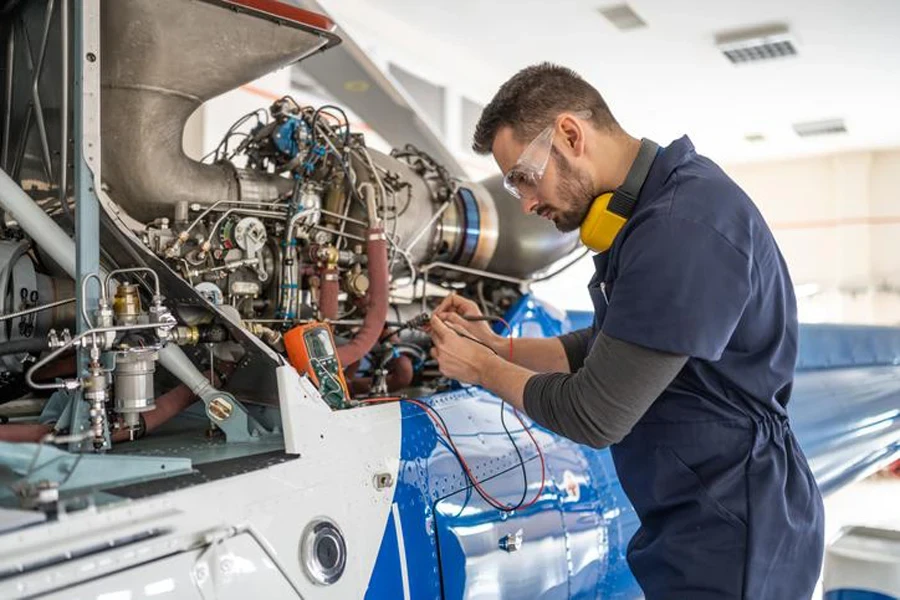
The practicality of aviation accessories extends beyond initial costs to include durability, maintenance needs, and operational benefits. Investing in high-quality items often translates into reduced replacements and lower long-term expenses. A thorough cost-benefit analysis should consider lifecycle value alongside purchase price.
Sourcing from reputable suppliers
Purchasing from reliable suppliers is critical to ensuring product authenticity and compliance with industry regulations. Reputable vendors typically provide detailed product information, warranties, and expert support. Evaluating suppliers based on experience, customer feedback, and industry recognition can help secure quality products and foster long-term partnerships.
Highlighting the best aviation accessories and models
Avionics and navigation leaders
Advanced avionics and navigation systems play a crucial role in ensuring precise flight operations and improving overall safety. Key technologies include GPS systems that provide accurate positioning and navigation, as well as ADS-B receivers that enhance situational awareness by offering real-time traffic data. These systems reduce the risk of collision and enable more efficient flight routing. Flight management systems further optimize navigation and fuel efficiency by automating complex flight tasks. Together, these tools streamline operations, reduce pilot workloads, and enhance safety during flights.
Top picks for safety and emergency tools
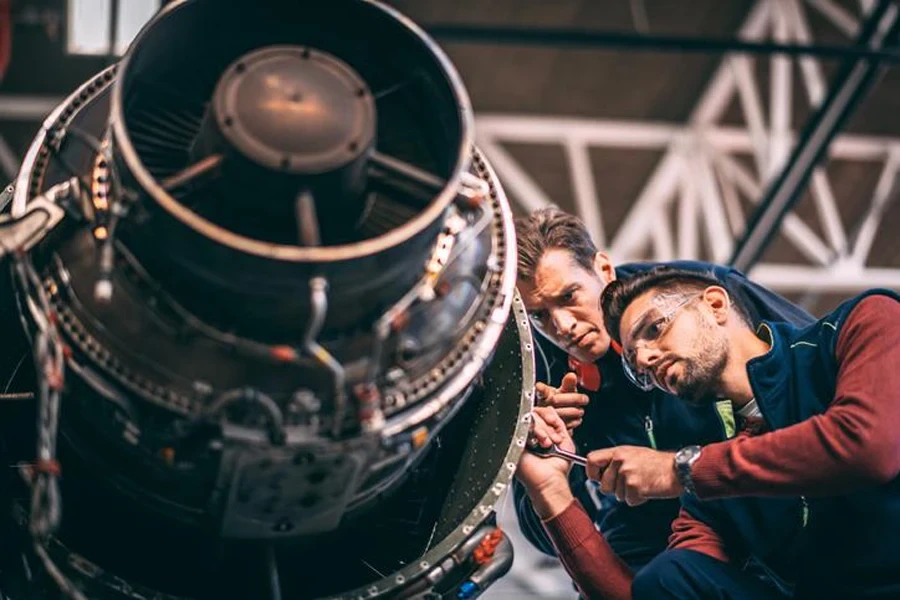
Safety and emergency tools are indispensable in aviation, providing essential support during unexpected situations. Portable oxygen systems ensure adequate oxygen levels at high altitudes or in cases of cabin depressurization. Emergency locator transmitters (ELTs) improve the chances of quick rescue by transmitting the aircraft’s location after an accident. Fire extinguishers, life vests, and well-stocked first aid kits are mandatory for addressing emergencies effectively. These tools are vital for safeguarding both crew and passengers, emphasizing the importance of selecting durable and compliant safety equipment.
Best comfort and convenience accessories
Comfort and convenience accessories greatly enhance the in-flight experience for pilots and passengers. Noise-canceling headsets help reduce cockpit noise, improve communication, and minimize fatigue during long flights. Ergonomic seating supports posture and reduces discomfort over extended periods, promoting overall well-being. Cabin temperature control systems ensure consistent comfort, adapting to external weather conditions. In-flight entertainment systems and storage solutions further improve convenience, adding to the overall quality of the journey. Choosing well-designed comfort accessories ensures satisfaction and efficiency during flights.
Conclusion
Choosing the right aviation accessories in 2025 is essential for ensuring safety, efficiency, and comfort in aircraft operations. By prioritizing compatibility with aircraft specifications, adherence to quality and certification standards, and sourcing from reputable suppliers, professionals can enhance both performance and reliability. Accessories that incorporate cutting-edge technologies and sustainable materials not only align with industry advancements but also provide long-term value and operational efficiency. Staying informed about market trends and innovations remains critical for making decisions that support the evolving demands of modern aviation, helping to maintain the highest standards of functionality and safety.
